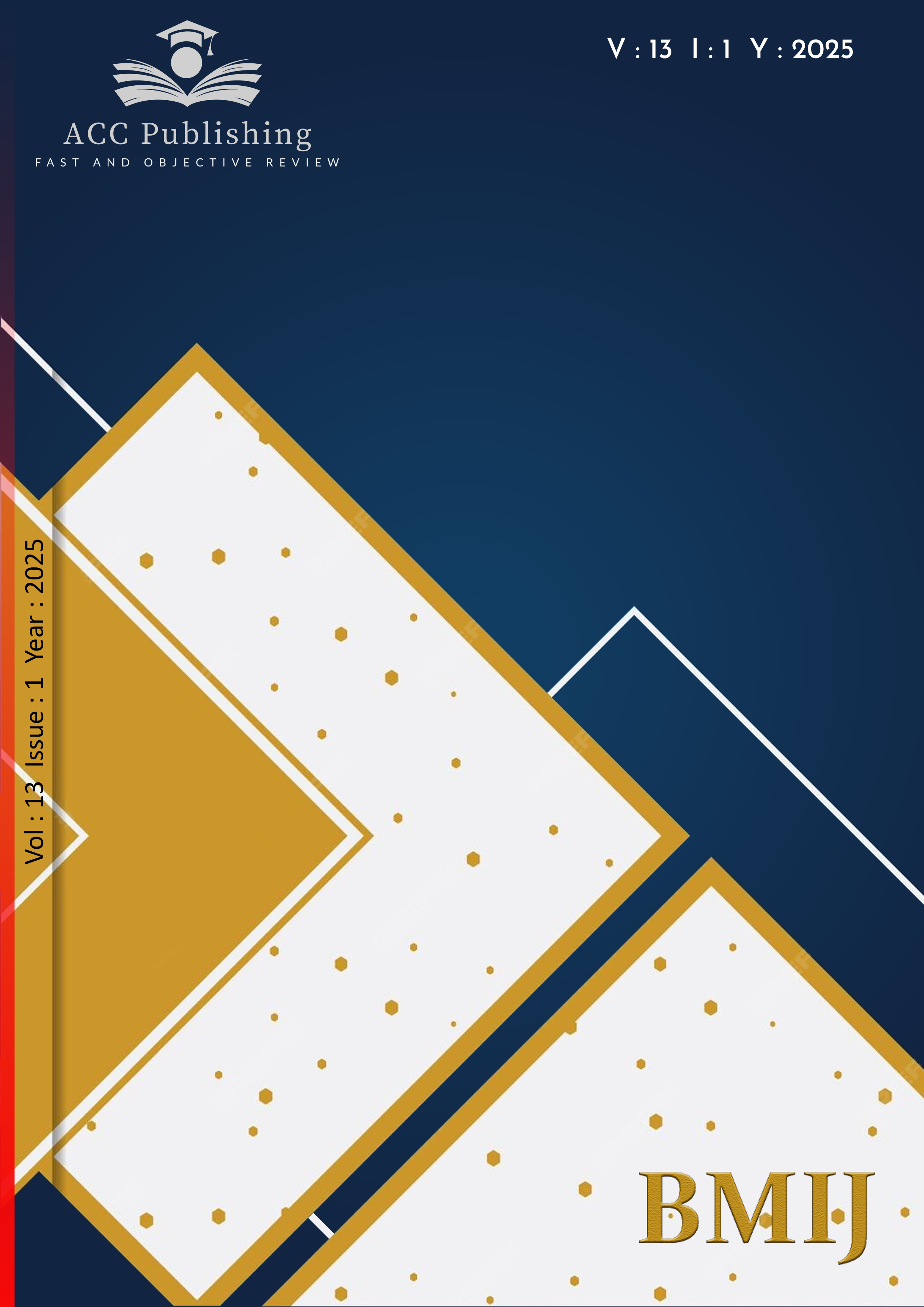
Published 2025-03-25
Keywords
- Dijital Turizm Pazarlaması, Akıllı Telefon Uygulaması, Erzurum
- Digital Tourism Marketing, Smartphone Application, Erzurum
How to Cite
Copyright (c) 2025 Erkan Denk- Betül Buladi Çubukçu- Murathan Keha- Yeşim Dursun Denk

This work is licensed under a Creative Commons Attribution-NonCommercial-NoDerivatives 4.0 International License.
How to Cite
Abstract
In order to keep up with the times in the tourism industry and compete with rival destinations, it is necessary to be involved in innovative processes at all stages, from the production and transmission of information. The concept of smart we use here refers to applications produced with the latest technology that provides access to information quickly. Therefore, this study aims to develop a smartphone application that can present local cultural elements, delicacies, places to experience food, businesses offering accommodation services and route suggestions of the districts to local and foreign tourists who will visit Erzurum in a single application with extensive knowledge. The study's objectives are activating alternative tourism types in the destination with the route suggestions to be created. In this context, as a result of semi-structured interviews conducted with relevant stakeholders (Local managers, hotel management general managers, food and beverage business managers, etc.), the participants clearly expressed the need for such a smartphone application. In line with the results obtained from the interviews, the content and menu titles of the web-based smartphone application to be created were determined. It has emerged that this developed application can facilitate the travels of tourists and guide guides, attract the attention of stimulated visitors to the Erzurum destination with its rich information content, and help increase the number of tourists and tourism income in the region. As a result of the study, it was decided to develop a content-rich application called AtaPaths, which includes the destination's cultural assets, gastronomic products, accommodation services and alternative tourism elements so that visitors can explore Erzurum more easily.
References
- Akkuş, G., & Akkuş, Ç. (2016). Erzurum ili potansiyel turistik arz kaynaklarının incelenmesi. Iğdır University Journal of Faculty of Economics and Administrative Sciences, 1(1), 99-120.
- Aksakallı, Z., Selçuk, G. N., & Işık, C. (2017). Nene Hatun Milli Parkı’nın hüzün turizmi ve mabetleşme yönünden değerlendirilmesi. Erzincan Üniversitesi Sosyal Bilimler Enstitüsü Dergisi, ÖS, IV, 215-240.
- Allsop, D. B., Chelladurai, J. M., Kimball, E. R., Marks, L. D., & Hendricks, J. J. (2022). Qualitative methods with Nvivo software: A practical guide for analysing qualitative data. Psych, 4(2), 142-159.
- Altaş, N., Altaş, N. T., Çavuş, A. & Zaman, N. (2015). Türkiye’nin kış turizm koridorunda yeni bir kış turizm merkezi: Konaklı. Marmara Coğrafya Dergisi(31), 345-365.
- Baltacı, A. (2018). Nitel araştırmalarda örnekleme yöntemleri ve örnek hacmi sorunsalı üzerine kavramsal bir inceleme. Bitlis Eren Üniversitesi Sosyal Bilimler Dergisi, 7(1), 231-274.
- Bin, C., Gu, T., Sun, Y., Chang, L., & Sun, L. (2019). A travel route recommendation system based on smart phones and iot environment. Wireless Communications and Mobile Computing, 2019. Article ID 7038259.
- Buhalis, D. (2000). Marketing the competitive destination of the future. Tourism Management, 21, 97–116.
- Chang, P. (2017). The importance performance analysis of Taiwan tourism mobile marketing. Journal of Tourism Management Research, 4(1), 12-16.
- Cepeda-Pacheco, J. C., & Domingo, M. C. (2022). Deep learning and Internet of Things for tourist attraction recommendations in smart cities. Neural Computing and Applications, 34(10), 7691-7709.
- Coyne, I. T. (1997). Sampling in qualitative research. Purposeful and theoretical sampling; merging or clear boundaries?. Journal of Advanced Nursing, 26(3), 623-630.
- Çelik, P., & Topsakal, Y. (2017). Akıllı turizm destinasyonları: Antalya destinasyonunun akıllı turizm uygulamalarının incelenmesi. Seyahat ve Otel İşletmeciliği Dergisi, 14(3), 149-166.
- Denk, E. (2023). Erzurum mutfak kültürünün sahip olduğu zenginliğin mutfak turizmi açısından farkında olmak. Uluslararası Turizm, Ekonomi ve İşletme Bilimleri Dergisi (IJTEBS) E-ISSN: 2602-4411, 7(2), 59-79.
- Di Vita, G., Spina, D., De Cianni, R., Carbone, R., D’Amico, M., & Zanchini, R. (2023). Enhancing the extended value chain of the aromatic plant sector in Italy: a multiple correspondence analysis based on stakeholders' opinions. Agric. Food Econ. 11:15.
- Duran, G., & Uygur, S. M. (2019). Akıllı turizm destinasyonları kapsamında Ankara’nın akıllı turizm uygulamalarına yönelik bir araştırma. [Sözlü bildiri]. 3. Uluslararası Turizmin Geleceği Kongresi: İnovasyon, Girişimcilik ve Sürdürebilirlik Kongresi, 26-28.
- Erdem, A., Unur, K. & Şeker, F. (2022). Şanlıurfa'nın Akıllı Turizm Destinasyonu Olabilmesi İçin Gerekli Stratejilerin A'WOT Yöntemi ile Belirlenmesi. Güncel Turizm Araştırmaları Dergisi, 6(1), 73-91.
- Eris, T. (2021). Akıllı turizm kapsaminda İzmir’in akıllı turizm uygulamalarının incelenmesi: ‘visitizmir’ örneği. International Journal of Contemporary Tourism Research, Vol: 5, (Özel Sayı), p.126-134.
- Erkmen, B., & Güler, E. G. (2020). Turizm ve dijitalleşme:‘Haskovo-Edirne Kültürel ve Tarihi Destinasyonlar Projesi’örneği. Tourism and Recreation, 2(Ek 1), 111-118.
- El Archi, Y., Benbba, B., Nizamatdinova, Z., Issakov, Y., Vargáné, G. I., & Dávid, L. D. (2023). Systematic literature review analysing smart tourism destinations in context of sustainable development: Current applications and future directions. Sustainability, 15(6), 5086.
- Femenia-Serra, F., & Ivars-Baidal, J. A. (2021). Do smart tourism destinations really work? The case of Benidorm. Asia Pacific Journal of Tourism Research, 26(4), 365-384.
- Gök, H. S., & Şalvarci, S. (2022). Smart destination applications according to Cohen'sSmart city wheel: The example of İzmír, Turkey. Revista Rosa dos Ventos-Turismo e Hospitalidade, 14(3), 780-807.
- Gretzel, U., & Koo, C. (2021). Smart tourism cities: a duality of place where technology supports the convergence of touristic and residential experiences. Asia Pacific Journal of Tourism Research, 26(4), 352-364.
- Gretzel, U., Sigala, M., Xiang, Z., & Koo, C. (2015). Smart tourism: foundations and developments. Electronic Markets, 25, 179-188.
- Gretzel, U., Werthner, H., Koo, C., & Lamsfus, C. (2015). Conceptual foundations for understanding smart tourism ecosystems. Computers in Human Behavior, 50, 558-563.
- Gomez-Oliva, A., Alvarado-Uribe, J., Parra-Meroño, M. C., & Jara, A. J. (2019). Transforming communication channels to the co-creation and diffusion of intangible heritage in smart tourism destination: Creation and testing in Ceutí (Spain). Sustainability, 11(14), 3848.
- González-Reverté, F. (2019). Building sustainable smart destinations: An approach based on the development of Spanish smart tourism plans. Sustainability, 11(23), 6874.
- Ha, M., Lee, W., & Park, J. (2022). The relationship between practitioners' trust in the city and their adoption of the virtual convention platform—a case study of virtual Seoul 2.0. Sustainability, 14(21), 14051.
- Hamid, R. A., Albahri, A. S., Alwan, J. K., Al-Qaysi, Z. T., Albahri, O. S., Zaidan, A. A., ... & Zaidan, B. B. (2021). How smart is e-tourism? A systematic review of smart tourism recommendation system applying data management. Computer Science Review, 39, 100337.
- Holmes, D., Zolkiewski, J., & Burton, J. (2023). The outcomes of B2B data-driven customer focused value creation. Journal of Business & Industrial Marketing, 38(6), 1295-1315. h
- Ishtiaq, M. (2019). Book Review Creswell, J. W. (2014). Research Design: Qualitative, Quantitative and Mixed Methods Approaches (4th Ed.). Thousand Oaks, Ca: Sage. English Language Teaching 12: 40.
- Jamal, S., & Habib, M. A. (2020). Smartphone and daily travel: How the use of smartphone applications affect travel decisions. Sustainable Cities and Society, 53, 101939.
- Jeong, M., & Shin, H. H. (2019). Tourists' experiences with smart tourism technology at smart destinations and their behavior intentions. Journal of Travel Research, 59(8), 1464-1477.
- Johnson, P. A., Acedo, A., & Robinson, P. J. (2020). Canadian smart cities: Are we wiring new citizen‐local government interactions?. The Canadian Geographer/Le Géographe canadien, 64(3), 402-415.
- Kotan, N. (2020). Alternatif turizm ürünü olarak termal turizm: Erzurum ili örneği. Avrasya Turizm Araştırmaları Dergisi, 1(1), 21-31.
- Külekçi, E. A., & Sezen, İ. (2018). Bir ekoturizm aktivitesi olarak mağara turizmi: Erzurum ili Elmalı Mağarası örneği. Journal of Architectural Sciences and Applications, 3(1), 66-75.
- Li, Y., Hu, C., Huang, C. & Duan, L. (2017), The concept of smart tourism in the context of tourism information services. Tourism Management, Vol. 58, pp. 293-300.
- Malik, A., & Kumar, T. (2024, April). Eimi: A Smartphone Application Fostering Ethical Travel and Economic Upliftment. In International Conference on Business and Technology (pp. 352-362). Cham: Springer Nature Switzerland.
- Morgan, D. L. & Morgan, R. K. (2008). Single-case research methods for the behavioral and health sciences. SAGE Publications.
- Shafiee, S., Rajabzadeh Ghatari, A., Hasanzadeh, A., & Jahanyan, S. (2021). Smart tourism destinations: a systematic review. Tourism Review, 76(3), 505-528.
- Spina, D., Barbieri, C., Carbone, R., Hamam, M., D’Amico, M., & Di Vita, G. (2023). Market trends of medicinal and aromatic plants in Italy: future scenarios based on the Delphi method. Agronomy 13:1703.
- Tee, M. K. A. (2024). Malaysia's Smart Tourism Framework. In Utilising Smart Technology and AI in Hybrid Tourism and Hospitality (pp. 51-78). IGI Global.
- TGA (2025). Türkiye Tanıtım ve Geliştirme Ajansı, Erzurum. https://erzurum.goturkiye.com/ (Erişim: 01.02.2025).
- Um, T., & Chung, N. (2021). Does smart tourism technology matter? Lessons from three smart tourism cities in South Korea. Asia Pacific Journal of Tourism Research, 26(4), 396-414.
- Yapıcı, O. Ö. (2022). Akıllı şehir kapsamında Bursa’nın akıllı turizm uygulamalarının değerlendirilmesi: GoBursa örneği. Journal of Tourism Intelligence and Smartness, 5(1), 38-49.
- Wang, X., Li, X. R., Zhen, F., & Zhang, J. (2016). How smart is your tourist attraction?: Measuring tourist preferences of smart tourism attractions via a FCEM-AHP and IPA approach. Tourism Management, 54, 309-320.
- Zamawe, F. C. (2015). The Implication of Using Nvivo Software in Qualitative Data Analysis: Evidence-Based Reflections. Malawi Medical JournaL, 27(1): 13-15.



